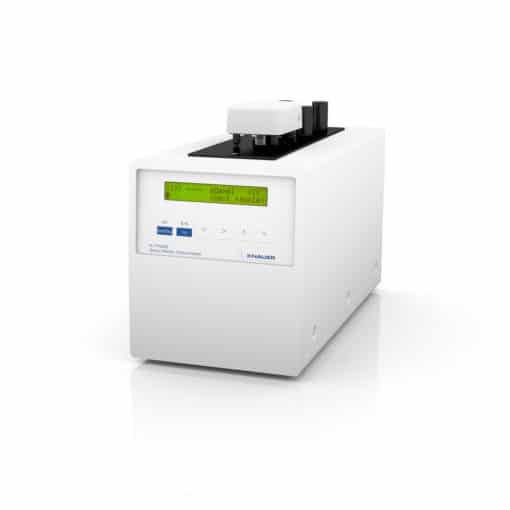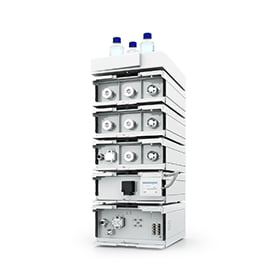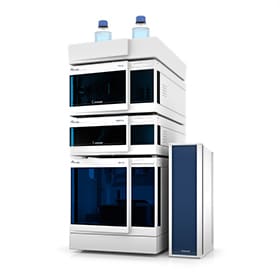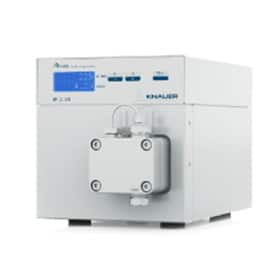No products in the cart.
KNAUER, Science News, Osmometry
Osmometry & Isotonic Drink Analysis
Osmometry & Isotonic Drink Analysis
Isotonic is a relative term that describes the solute concentration of a solution as like that of human blood. It is a common nutritional claim familiar to many consumers and is routinely used as a marketing tool for numerous different beverage types (beer, energy drinks, sports drinks, etc.). However, there is a distinct lack of clarity surrounding the health benefits and veracity of many isotonic drinks available to consumers. Although this is a common occurrence when any scientific concept enters general vernacular, this uncertainty may extend into the production line.
Osmometry is the foremost tool available for assessing the isotonicity of a solution. It is used to substantiate the osmolality of beverages according to the relevant regulations. For example, the European Food Safety Authority (EFSA) states that isotonic drinks must have an osmolality of 270 – 330 mOsmol/kg. This is the expression of a solution’s concentration as the total number of solute particles by weight of solvent. It is a complex measurement that is extremely difficult to quantify without osmometry.
In this blog post, Knauer outlines how to check the isotonicity of your beverages.
KNAUER Semi-Micro Osmometer K-7400S
KNAUER is one of the pioneers in the field of osmometry and known for its reliable and user friendly instruments for many decades. Our Osmometer K-7400S allows the easy and fast determination of the osmolality of various aqueous solutions. The proven technology of freezing point determination in combination with the robust and intelligent design of the device allows fast and reproducible measurements. Furthermore, the device can be controlled via the EuroOsmo 7400 software. The software automatically plots the temperature curve for each measurement and calibration and allows saving of the measured values. In addition, the data can optionally be exported into various file formats for archiving.
Introduction to Osmometry
Osmolality is a standard measure of solute concentration that does not consider physiology or chemistry. It indicates the total number of osmotically active molecules in a solution to determine its osmotic pressure. There are several established methods of osmometry (membrane osmometry, vapor pressure osmometry, etc.), but one of the leading techniques is known as freezing point depression. This determines the osmolality of an aqueous sample as a function of its true freezing point.
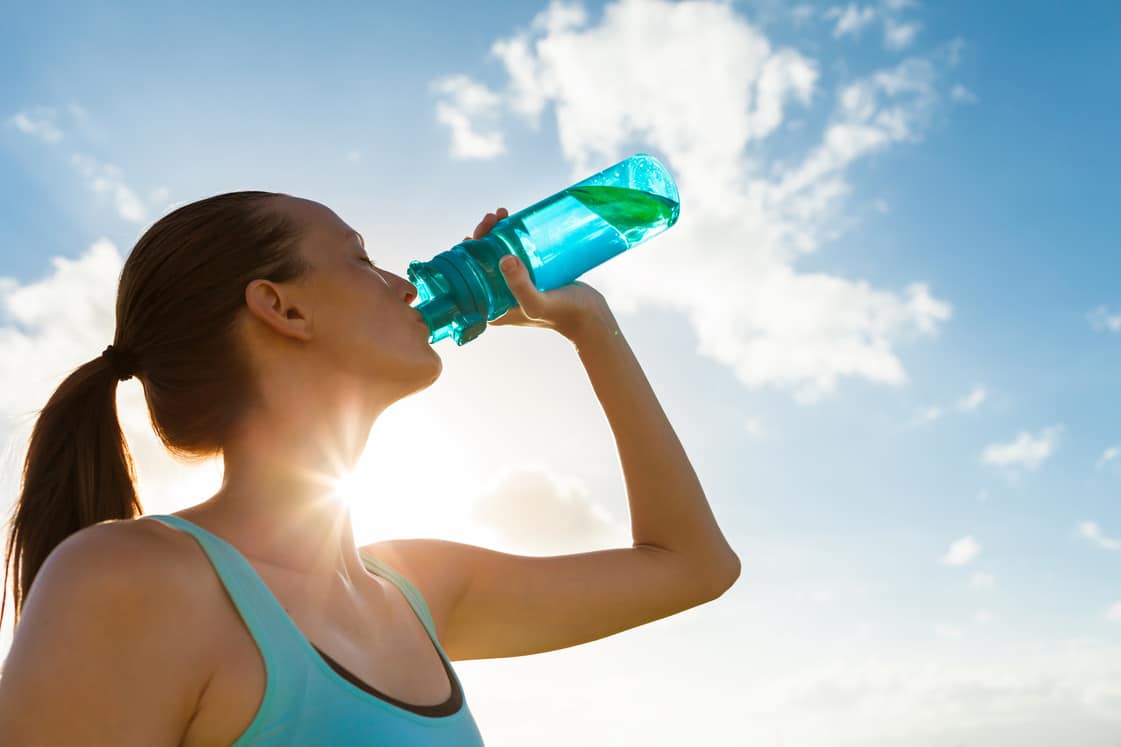
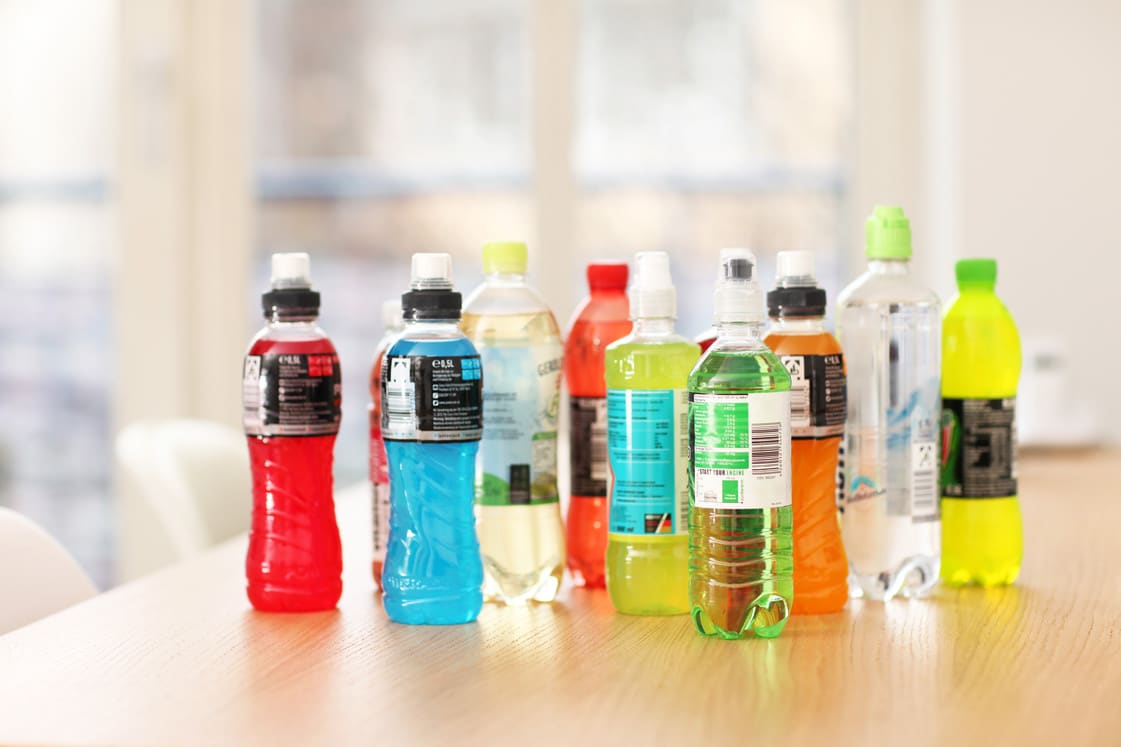
Briefly: freezing-point depression osmometry measures the decrease in a liquid’s freezing point when a solute is added. This is a colligative property that depends exclusively on the number of particles in the liquid, providing a precisely linear correlation between the freezing point and osmolality.
Osmometry: Demonstrating Health Benefits of Isotonic Drinks
Freezing-point depression osmometry is routinely used to interrogate the veracity of isotonic drinks (i.e. whether their osmotic range is within EFSA limits) and to substantiate recurrent health claims associated with isotonic drink consumption.
Isotonic sports drinks are routinely touted as an efficient beverage for ensuring hydration, increasing resorption of electrolytes and accelerating recovery after athletic activities. This quickly replaces vital fluids and solutes lost through sweating while providing a boost of quick-release carbohydrates. While the principle is supported by academic literature, it is important to subject sports drinks to QC via osmometry to first ensure their veracity. This involves degassing microvolume samples (Only necessary for sparkling drinks to remove carbon dioxide) and analyzing their solute concentrations. Samples are cooled down to max. -13 °C; lowest freezing point to be determined is ~ -3.7°C ≙ 2000 mOsmol/kg. In our recent study, Determination of Osmolality of Isotonic and Non-Isotonic Beverages, Knauer tested the osmolality of three distinct isotonic soft drinks and found that all three were within the accepted EFSA range.
Analysis via osmometry has also been used in studies to determine the health benefits of alcohol-free and standard beer. The solute content of many beers can be described as isotonic due to their similar osmotic pressure to human blood. Theoretically, alcohol-free beer could be used as an alternative to sugary and additive-rich sports drinks in delaying the depletion of the body’s carbohydrate stores after exercise and may be just as effective as beverage for hydration. In the same study, Knauer demonstrated that alcohol-free beer has a similar osmolality to isotonic soft drinks. Alcoholic beer had a significantly higher osmolality (approximately 1,000 mOsmol/kg), which is attributed to the higher ethanol concentration.
Osmometry with Knauer
Knauer specializes in freezing-point osmometry for microvolume samples of 50 – 150 microlitres (µl), using the innovative K-7400S semi-micro osmometer. With accurate testing in under two minutes, the K-7400S is ideal for rapid QC of isotonic beverages.
If you would like more information about how osmometry can help demonstrate the health benefits of your product, simply contact the GMI team today.


